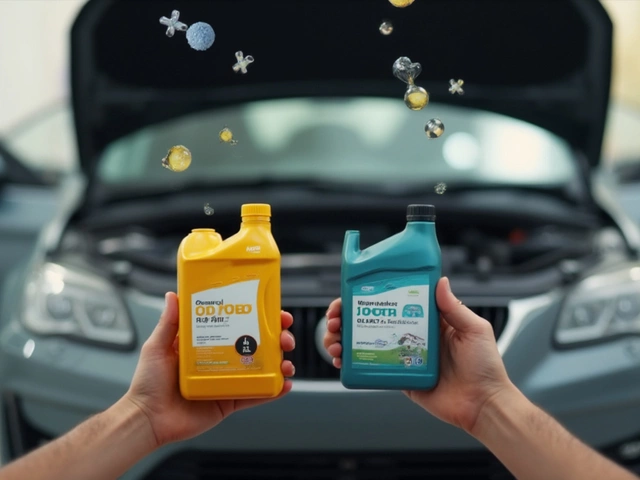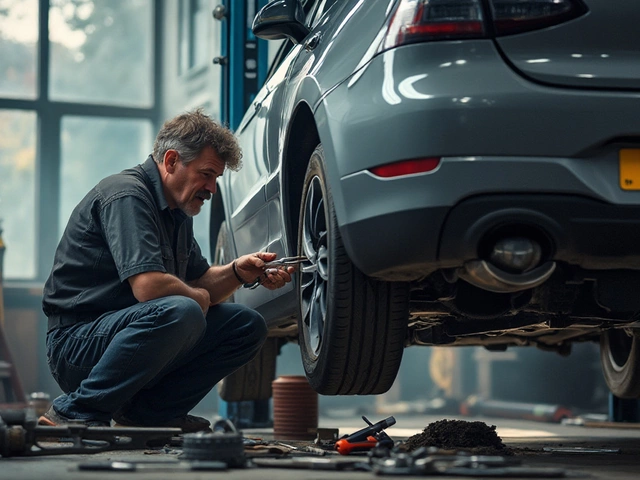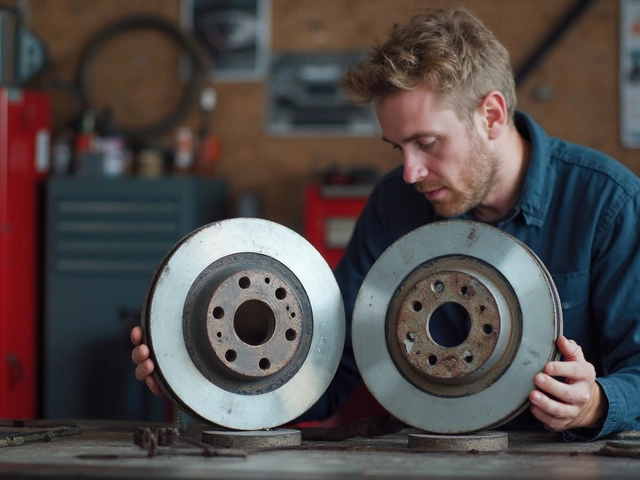Stage 2 Clutch Upgrade – What You Need to Know
Thinking about a Stage 2 clutch? You’re probably after more power, faster shifts, and a stronger feel on the pedal. A Stage 2 clutch kit replaces the stock clutch with higher‑performance parts that can handle extra torque without slipping. It’s a popular upgrade for drivers who enjoy spirited driving, track days, or just want a more confident manual experience.
Why Choose a Stage 2 Clutch?
First off, a Stage 2 clutch is built for higher torque. The pressure plate uses a stronger spring, and the disc has a tougher friction material. That means you can push the engine harder before the clutch starts to slip. If you’ve added a performance exhaust, a chip tune, or a bigger turbo, the stock clutch might become the weak link – the Stage 2 kit fills that gap.
Second, shift feel improves. The stronger springs give a firmer pedal, so you get a more direct connection between your foot and the gearbox. Many drivers say the gear changes feel quicker and more precise. It also reduces the chance of a “grabby” clutch that jerks the car when you engage.
Finally, durability goes up. The upgraded disc and plate can survive more heat cycles, which is especially useful if you do a lot of stop‑and‑go city driving or occasional track runs. You’ll likely get more miles out of the clutch before needing a replacement, saving money in the long run.
Installation Tips and What to Expect
Installing a Stage 2 clutch isn’t rocket science, but it does need some care. You’ll need a hydraulic jack, a clutch alignment tool, and a basic set of hand tools. If you’re comfortable working on a manual transmission, you can do it in a garage over a weekend. Otherwise, many shops in Northwich can fit it for a reasonable price.
Start by safely raising the car and removing the transmission. Keep track of any bolts and bolts that look different – you’ll need them for re‑assembly. When you fit the new pressure plate, use a torque wrench to tighten the bolts to the manufacturer’s spec – usually around 30 Nm, but check the kit’s instructions.
Align the clutch disc with the pilot bearing and the transmission input shaft. A mis‑aligned disc can cause vibration or premature wear. Once everything is snug, double‑check the pedal free‑play. A Stage 2 clutch typically needs a bit more pedal travel, so you may need to adjust the hydraulic line or master cylinder.
After the install, take the car for a short test drive. Feel for any shuddering or odd noises. If everything feels smooth, you’re good to go. Some drivers notice a slightly higher bite point – that’s normal and just part of the performance feel.
Remember, a stronger clutch doesn’t fix other weak links. Make sure your flywheel, clutch cable (if you have one), and transmission are in good shape. Pair the Stage 2 kit with a quality flywheel for the best results.
In short, a Stage 2 clutch gives you more torque capacity, sharper shifts, and longer life. It’s a solid upgrade for any manual driver who wants a more engaging ride. If you’re unsure about the install, hit up a local Northwich garage – they’ll have the tools and experience to get it done right. Enjoy the extra power and the satisfying feel of a properly tuned manual transmission!
 23 December 2024
23 December 2024
Understanding the Benefits of a Stage 2 Clutch Kit
A Stage 2 clutch kit offers significant enhancements over standard clutches, appealing particularly to car enthusiasts and those looking to boost their vehicle's performance. This article dives into what a Stage 2 clutch kit is, how it differs from other types, and why it might be the ideal choice for those who often push their cars beyond average limits. It also explores some interesting facts about clutch kits and provides useful tips for those considering an upgrade. Whether you're a seasoned gearhead or just beginning to explore car modifications, understanding the functionality and advantages of a Stage 2 clutch can be a key aspect of maximizing your vehicle’s performance.






0